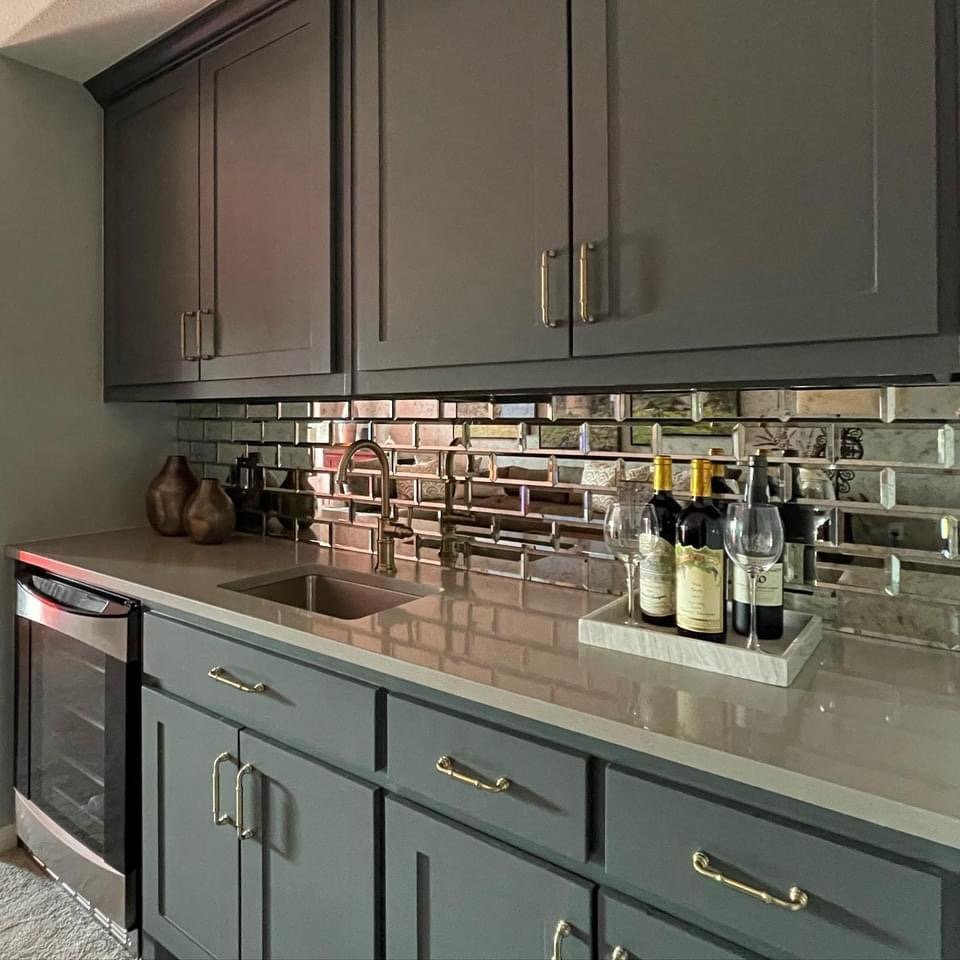The Art of Interior Design: Why Details Matter
In the world of interior design, it’s often said that the devil is in the details. This age-old adage holds true, as the smallest elements within a space can make a world of difference. Whether you’re revamping your living room, sprucing up your office, or redesigning your entire home, paying attention to the finer points can transform a mundane room into a masterpiece.
1. Personal Expression: Details are the canvas upon which your personal style is painted. They are the finishing touches that give a room character and charm. A carefully chosen piece of art, a unique throw pillow, or an intricately designed lampshade can convey your personality and create a space that feels uniquely yours.
2. Texture and Depth: Texture is often an overlooked aspect of interior design, but it’s crucial for creating a layered and inviting space. Consider the tactile qualities of materials such as plush carpets, smooth marble, or antique-look mirror. Incorporating a mix of textures adds depth and visual interest to a room, making it more dynamic and inviting.
3. Cohesive Aesthetics: Details can be the glue that holds a design concept together. Whether you’re aiming for a minimalist, rustic, or eclectic look, carefully chosen details can tie disparate elements into a cohesive whole. Consistent color palettes, patterns, and materials create harmony in a space.
4. Functionality: Details aren’t just about aesthetics; they also play a practical role. Thoughtfully selected fixtures, storage solutions, and furniture can optimize the functionality of a room. A well-designed kitchen with custom cabinets, for instance, can make meal prep a breeze, while cleverly placed shelving can maximize storage in a small apartment.
5. Visual Interest: Small details can be the focal points that draw the eye and spark conversation. Intricate moldings, a statement chandelier, or a beautifully designed fireplace mantel can become the centerpiece of a room, captivating anyone who enters.
6. Emotional Impact: Details have the power to evoke emotions and set the mood. The warm glow of candlelight, the soothing feel of soft textiles, or the nostalgia of a carefully chosen heirloom piece can create an atmosphere that resonates with your emotions and those of your guests.
In conclusion, interior design is much more than arranging furniture; it’s about curating an experience. Every room is a blank canvas, and it’s the details that add depth, character, and meaning to the story of your space. So, when you embark on your next design project, remember that the magic often lies in the smallest, most meticulously chosen elements. After all, it’s the details that turn a house into a home.







